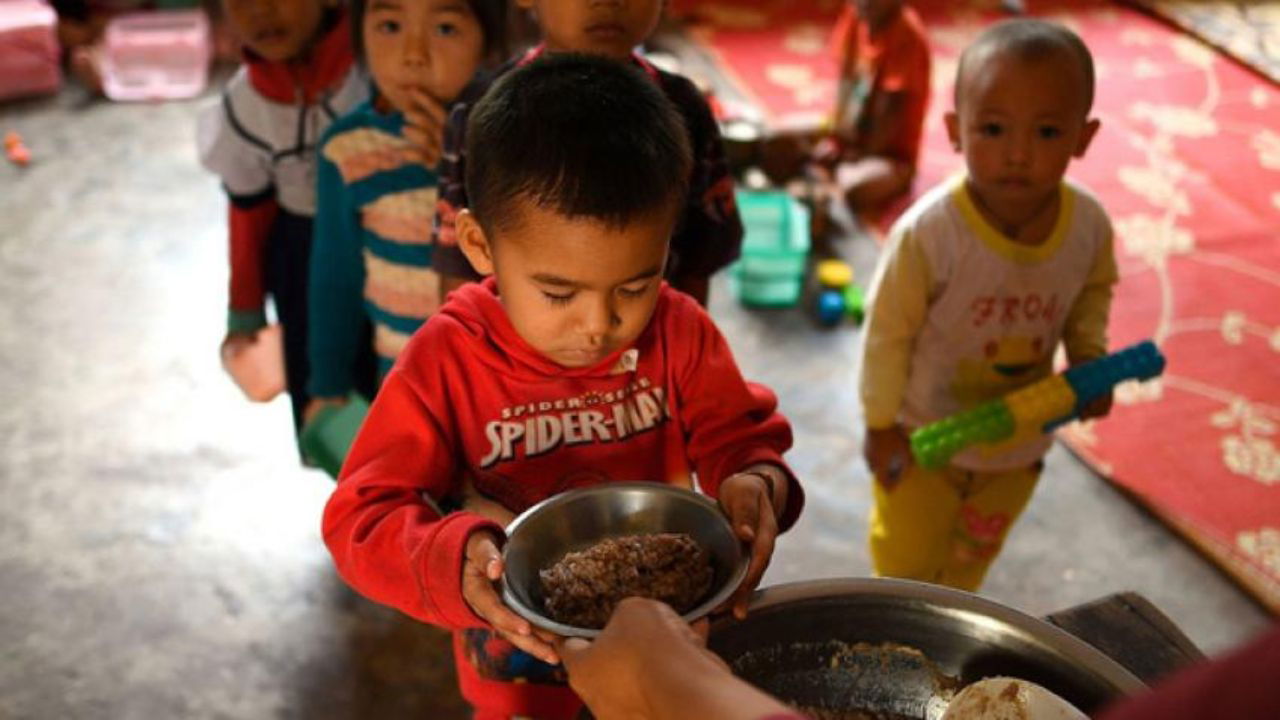
Democratic Republic of the Congo (DRC) is facing a severe food crisis, with 28 million people now experiencing acute hunger, according to the latest Integrated Food Security Phase Classification (IPC) analysis, as announced by the Food and Agriculture Organization of the United Nations (FAO) and the United Nations World Food Programme (WFP) on March 28, 2025. This marks a significant increase of 2.5 million people since the outbreak of violence in December.
Among them, 3.9 million are suffering from emergency levels of hunger. The situation has worsened considerably since December, following a surge in violence that has displaced millions.
Conflict remains a major driver of this crisis, particularly in the eastern provinces, where ongoing clashes have forced families to flee their homes, cutting them off from food sources and humanitarian aid. Over two million displaced people are suffering from acute hunger, with 738,000 in emergency conditions. In North Kivu, South Kivu, and Ituri, tens of thousands have been uprooted, losing access to their livelihoods and struggling to survive as food prices continue to soar.
Eric Perdison, WFP’s Regional Director for Southern Africa and interim WFP DRC Country Director, expressed deep concern over the deteriorating situation. He stressed the urgent need for more resources to support affected communities, as families already struggling to feed themselves face even harsher conditions.
The eastern provinces are particularly hard-hit, with over ten million people in acute food insecurity, including 2.3 million in emergency conditions. Armed clashes have severely disrupted agricultural activities and blocked key trade routes, further limiting access to food and aid.
The economic downturn has only added to the crisis, with the sharp depreciation of the Congolese franc, shuttered banks, and lost incomes making basic food unaffordable for many. Inflation and supply chain disruptions have driven up prices of staple foods like maize flour, palm oil, and cassava flour by as much as 37 percent compared to December 2024 levels.
As the crisis deepens, humanitarian agencies are racing against time to provide assistance, but limited access to conflict-affected areas remains a major challenge. Without immediate intervention, millions of vulnerable families will continue to face extreme hunger, struggling to find enough food to survive.

















